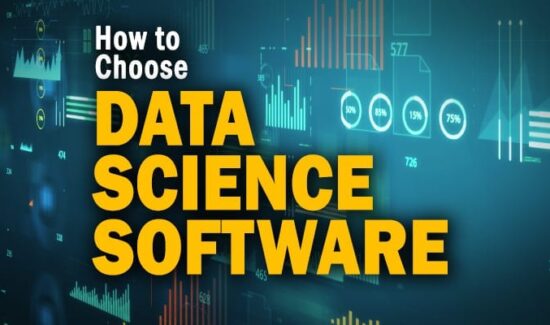Old Business Intelligence vs. New Business Intelligence


In the BI market in 2014, like an MMA fight, companies will bump heads, go nose to nose, come to submission, choke out, and tap out as old BI companies compete face-to-face with new BI companies. Smaller more nimble new BI companies will compete with larger incumbents out of their weight class and enterprises will have more choices for business intelligence platforms than ever before.
In an article called “CIOs should prepare for the battle between old BI and new BI,” Nicole Laskowski, senior news writer for SearchCIO.com, covers a speaking session by Gartner BI analyst Dan Sommer. In this session Dan Sommer said, “We’re about to see rapid adoption of BI and analytics in 2014 and going forward.”
Sommer expects the fight to go all 3 rounds and that there will be 3 tipping points of the match. Sommer describes these tipping points below:
Tipping point #1: Data discovery will overtake old BI
In 2014, half of new license spend in BI will be driven by data discovery requirements. One vendor, in particular, is leading the charge. Tableau Software, which went public last year, grew “at upwards of 85% in 2013. No other vendor is coming close to those growth rates. Traditional vendors, however, aren’t taking the rush to these new tools lying down. They’re building and integrating data discovery tools into their stacks, said Sommer.
Tipping point #2: Cloud BI makes its move
In 2014, half of organizations will consider cloud BI deployment. Sommer believes that this, in part, is due to data gravity. Where their data sits is where the analysis will sit. Sommer believes we will see a huge shift from the analysis layer being on-premise to eventually being in the cloud. The shift is under way if you follow the money, Sommer said, pointing to the millions of dollars venture capitalists recently invested in cloud BI startups.
Tipping point #3: The business will match IT dollar for dollar
Half of all BI and analytics spend will be business-driven in 2014. Everyone is looking to get in on the action. Oracle, SAS and FICO are providing domain-specific applications for customers. Systems integrators, on the other hand, are “buying packaged IT to have quicker engagement with the customer. It won’t be long before analytics applications offered by data service providers will be indistinguishable from analytics applications offered by software vendors, predicts Sommer.
The result: BI and analytics become personal “data conversations”
As these tipping points play out over the next couple of years, BI and analytics will infiltrate new corners of the business. Data will “become more personal, more granular” and easier to use. Employees will soon have access to data they need to do their jobs and data that reveals how they can do their jobs better, Sommer said. As always bigger companies will have to stay on top of early trends and not get left behind. Emerging companies will look to specialize in one or two aspects of business intelligence and mergers and acquisitions will ensue.
Do you have any predictions on how larger BI companies will deal with the emergence of smaller BI companies?
Click here to read the entire SearchCIO article written by Nicole Laskowski.



